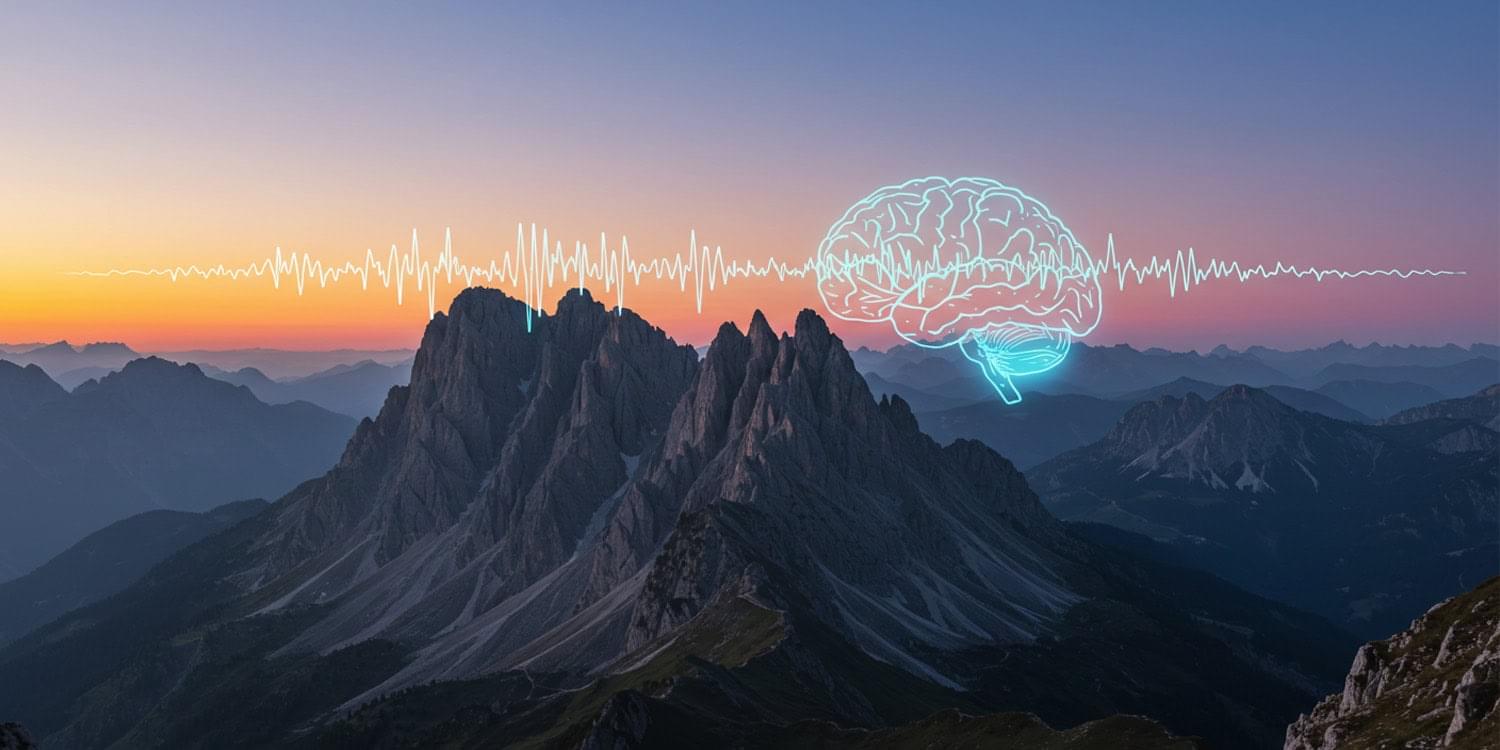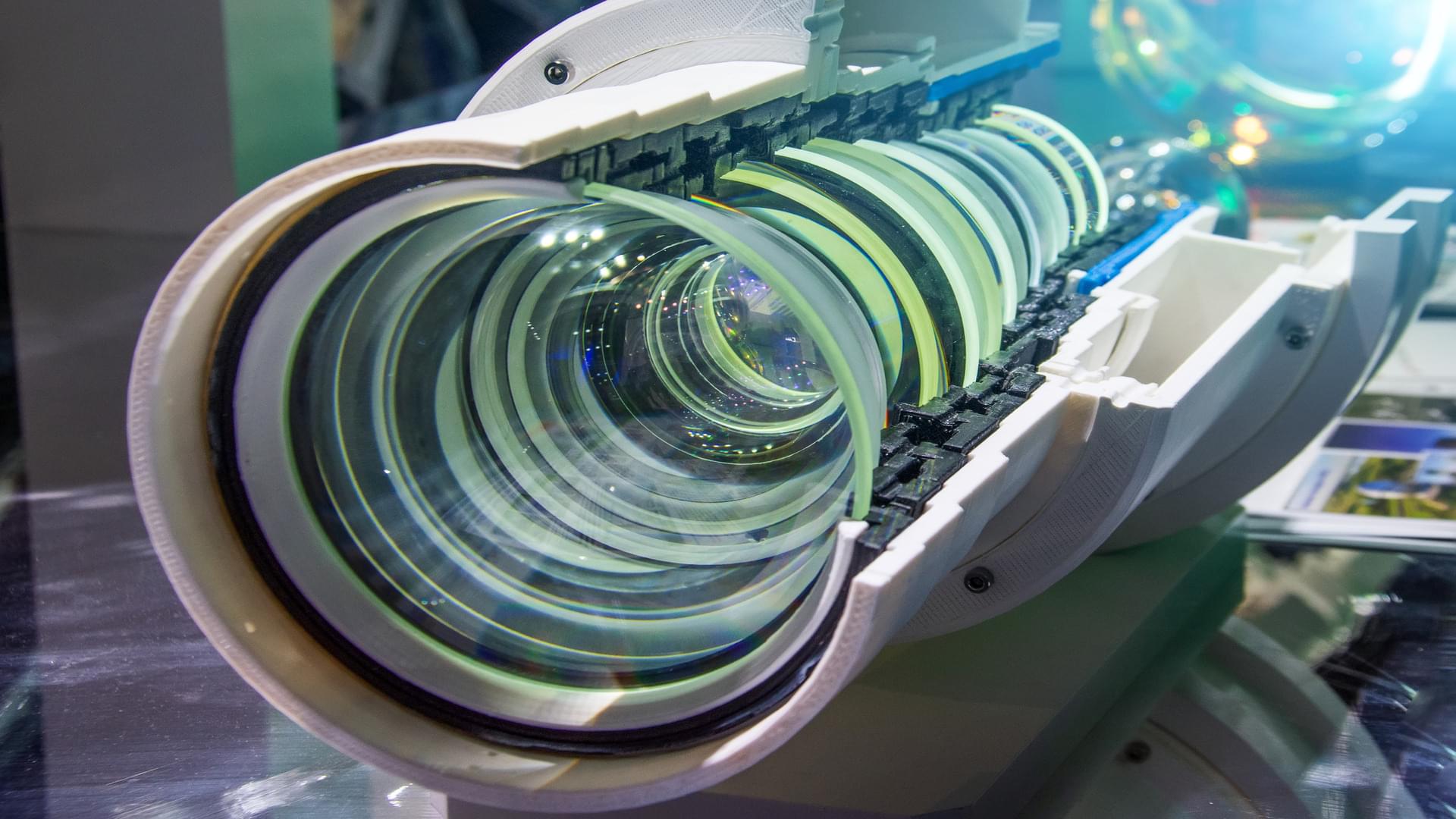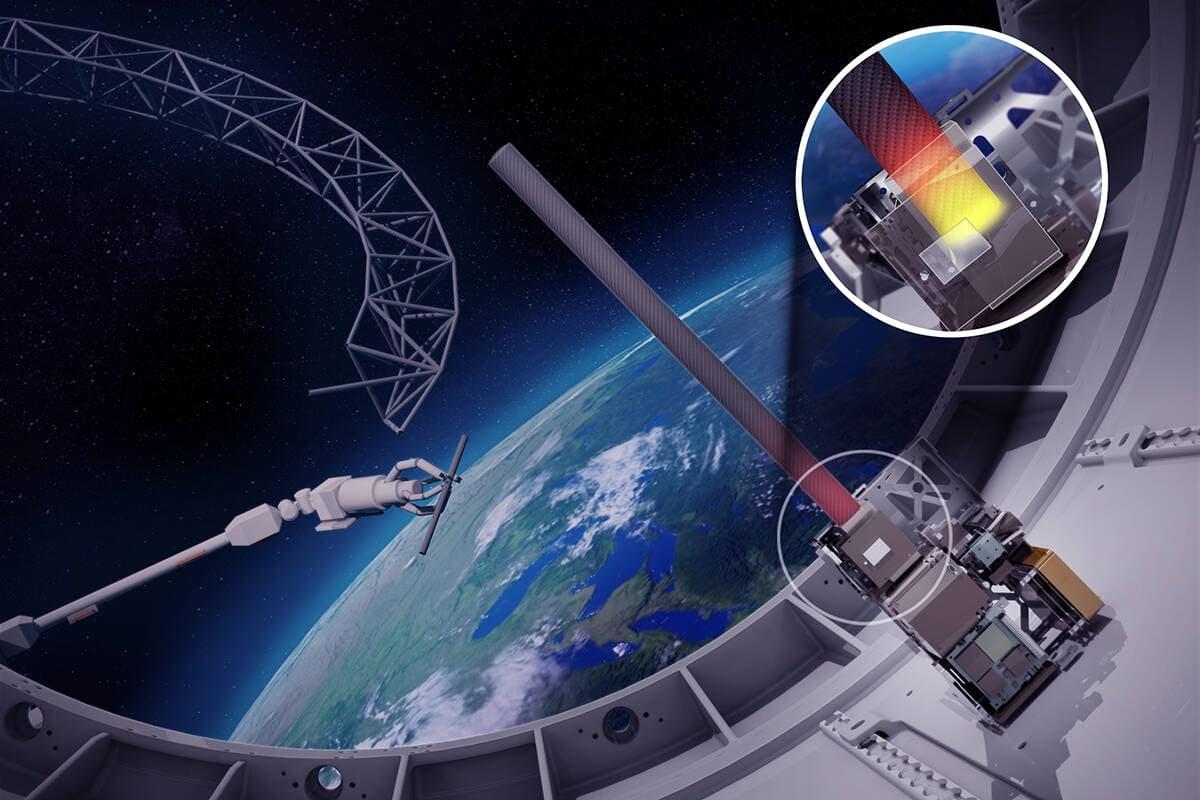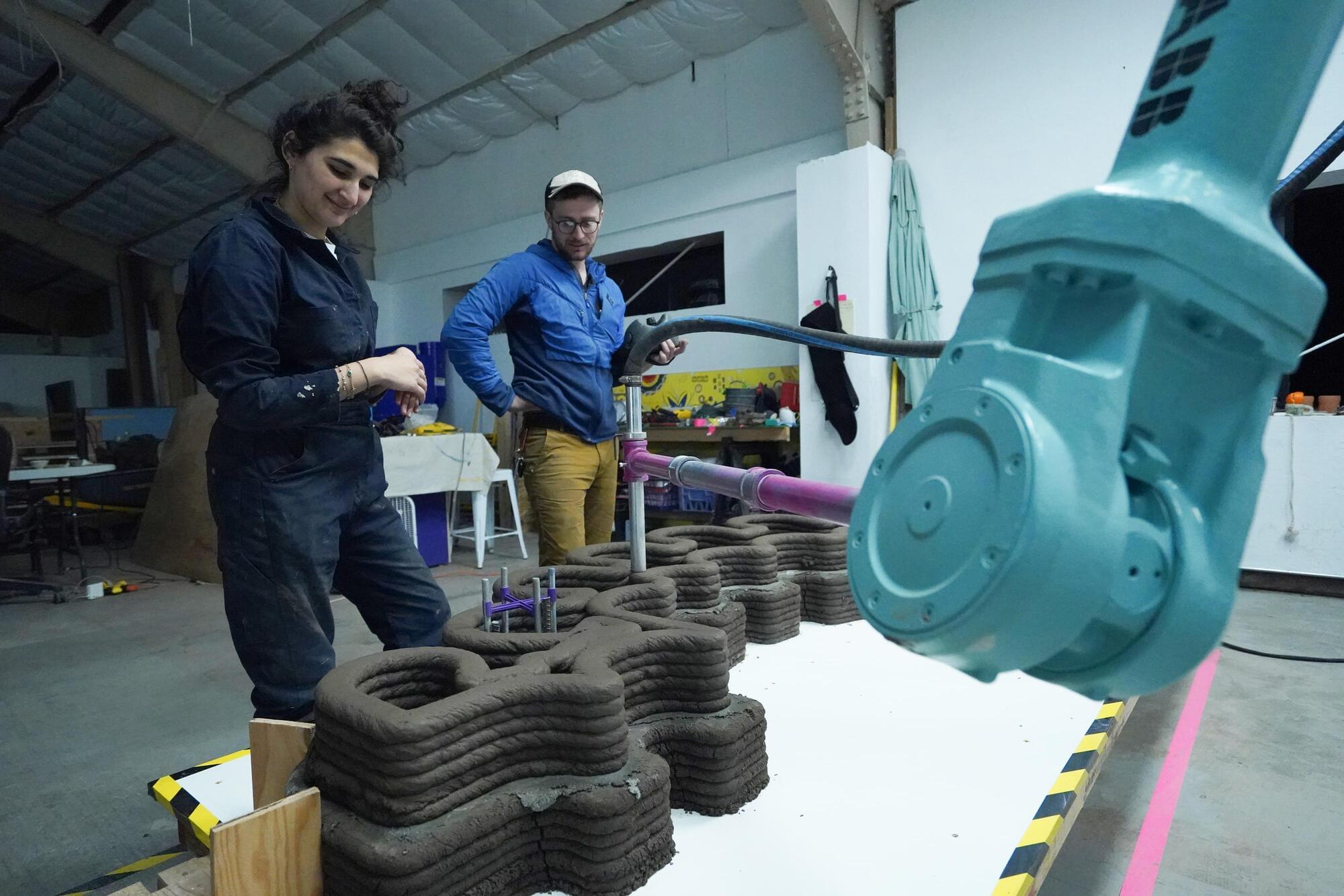A new study published in the journal Neuroscience has found that long-term exposure to high-altitude conditions can slow down the way people recognize faces and change the way their brains process emotions. The research compared young adults living at high altitudes with those living at lower altitudes and found that the high-altitude group not only took longer to recognize emotional faces but also showed distinct changes in their brain activity.
Long-term residence in high-altitude environments has been linked to a greater occurrence of mental health challenges, such as anxiety and depression. Statistics show that depression is significantly more common in high-altitude regions compared to lower areas. Studies focusing on people who migrate to or work in high-altitude places, like those in Tibet or the Himalayas, have consistently shown that the reduced oxygen levels at these elevations can negatively impact emotional well-being. Moving to high altitude regions has been reported to increase the chances of experiencing depression, anxiety, and even suicidal thoughts.
Depression is known to be closely related to negative patterns in how we think and process information. A strong connection exists between depression and a tendency towards negative thinking, fixating on negative thoughts, and difficulty controlling impulsive behaviors. This relationship has been observed in soldiers stationed in high-altitude areas; those with poorer mental health tend to exhibit stronger negative biases in their thinking. This negative thinking bias can also influence how we perceive facial expressions, which is important for social interactions. For instance, individuals with depression tend to show heightened brain responses to negative facial expressions and take longer to shift their attention away from them. Brain activity patterns, measured through electroencephalography, can even be used to detect depression based on how the brain reacts to emotional stimuli.








